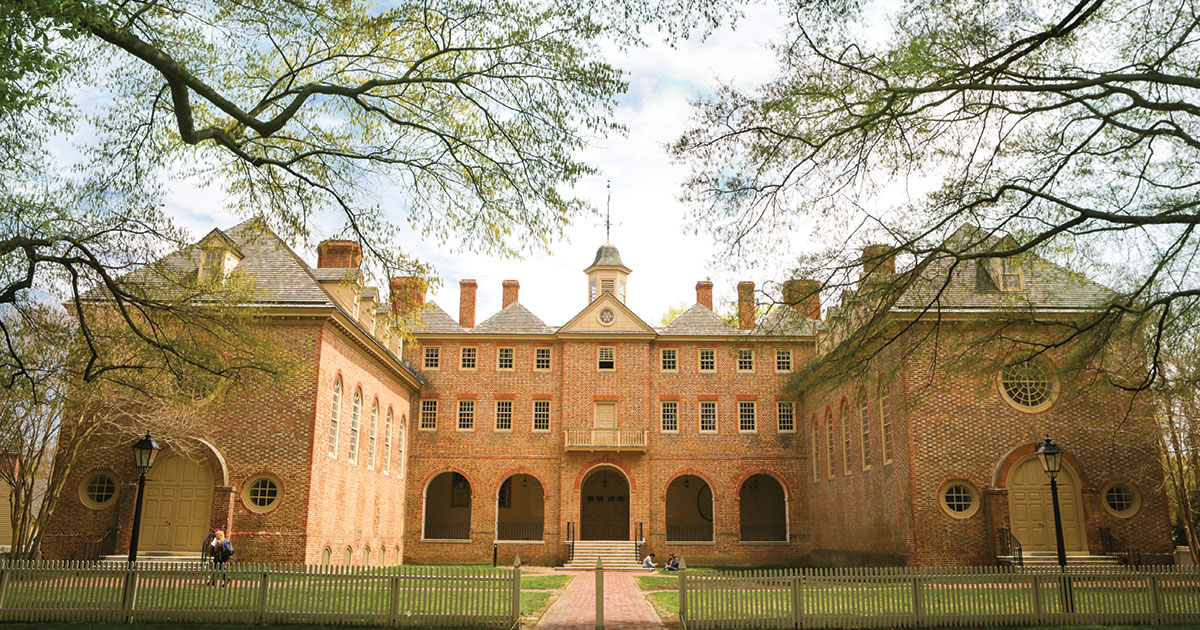Muscarelle Museum of Art chief curator identifies Cezanne painting
John Spike knew he was looking at a Cézanne.
Analysis and testing of the painting “The Miracle of the Slave” have backed up his now certainty that it was painted by French artist Paul Cézanne as a copy of an original work from 300 years earlier.
The practice replica is part of the current Muscarelle Museum of Art exhibition The Art and Science of Connoisseurship that runs through Aug. 13. It’s made up of six paintings by Old Masters that Spike, chief curator, said the museum has been able to buy because they weren’t correctly identified.
Italian Renaissance artist Jacopo “Tintoretto” Robusti painted the original in 1548 and it is currently housed in the Gallerie dell’Accademia in Venice, Italy. It is referred to as “The Miracle of the Slave” or the “Miracle of St. Mark Freeing the Slave,” and depicts the story of St. Mark saving a slave who was being punished for worshipping.
The original is a much larger work, with Cézanne’s copy a smaller reproduction riotous with the myriad colors and characters of the original compacted onto the canvas.
The reproduction was unattributed when it went up for auction at the Dorotheum auction house in Vienna, Austria, in 2013.
“And I saw it and I realized that it was a Cézanne of his earliest experimental juvenile period, the latter 1860s,” said Spike, who is one of the world’s most recognized connoisseurs of Old Master paintings and particularly the Italian Baroque artist Mattia Preti.
He alerted Muscarelle Director Aaron De Groft and they went to look at the painting and were sure it was a Cézanne before deciding to purchase it for the museum.
Spike is able to identify artists by knowing their work, including everything from exactly how they built up paint layers to subtleties in shading and shape, he said.
“All you need to know is his works of the 1860s,” Spike said. “You have to realize that artists develop throughout their careers. There’s no one Cézanne; there’s four Cézannes if not six. In other words, a Cézanne in the ‘60s is different from when he’s painting in a proto-Cubist way and showing all the facets of the volumes.”
Spike pointed out subtle changes Cézanne made to his work compared to the original, including appearing to paint his Uncle Dominique’s likeness onto the face of a character whose visage isn’t visible in the original. The face bears a striking similarity to portraits Cézanne painted of his uncle.
Similarities typical of Cézanne’s work of the 1860s including “noodle noses,” darkened eyes and thicker globs of paint also are present.
For more on this story click here.

